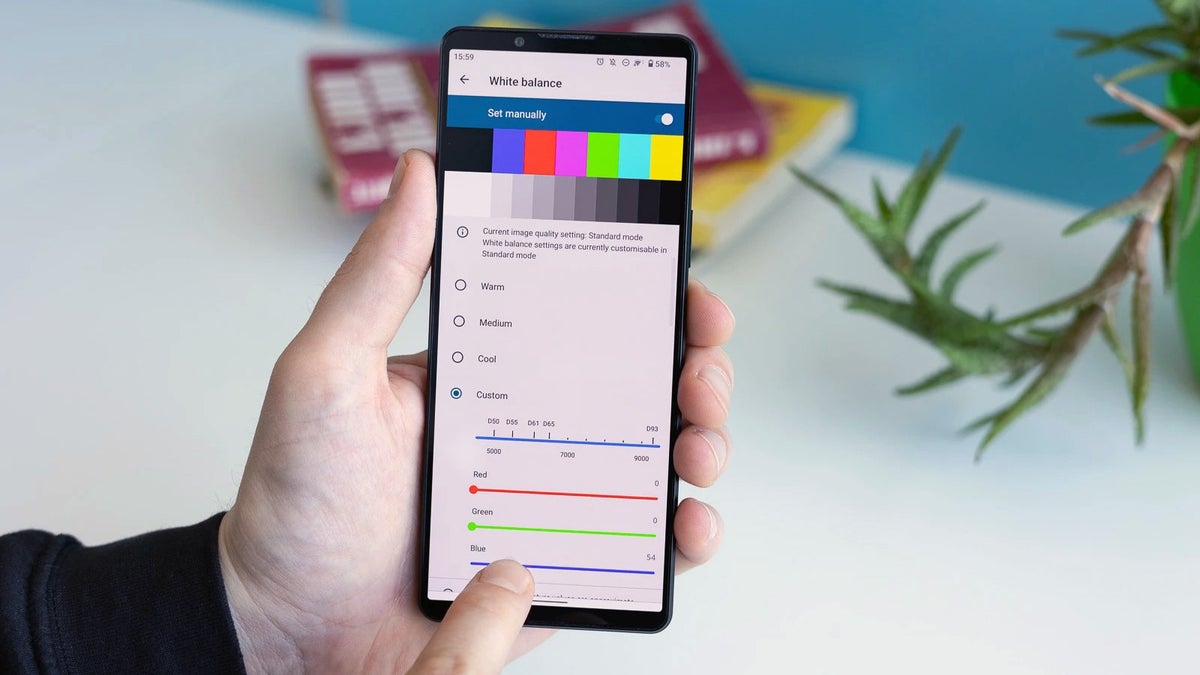
Introduction to OLED Displays
Understanding what makes OLED technology superior is essential before exploring the best Android phones featuring these displays. OLED screens consist of organic compounds that emit light when an electric current passes through them. This unique property offers several advantages:
- Contrast and Black Levels: Each pixel can be turned on and off independently, producing true blacks and significantly higher contrast ratios compared to LCDs.
- Response Time: Faster response time reduces motion blur, providing a smoother viewing experience.
- Color Accuracy: Wider color gamuts and better color accuracy ensure vibrant and natural colors.
The Best Android Phones with OLED Displays
Google Pixel 8
The Google Pixel 8 stands out for its exceptional camera performance and software experience. Key features include:
- Display: Crisp 6.2-inch OLED screen with a maximum brightness of 1,000 nits.
- Camera: Advanced AI-enhanced editing features and guaranteed software updates through fall 2030.
- Performance: Powered by Google's custom Tensor G3 processor.
- Battery Life: Offers all-day usage with moderate use.
- Price: $699 from the Google Store and $499 from Best Buy.
Google Pixel 8a
For a more affordable option without compromising performance, consider the Google Pixel 8a:
- Display: Beautiful 6.1-inch OLED display with a maximum brightness of 2,000 nits.
- Camera: Excellent image quality thanks to quality hardware and Google's software.
- Performance: Equipped with the Tensor G3 processor.
- Battery Life: Long battery life suitable for daily use.
- Software Updates: OS and security updates for seven years.
- Price: $449 from the Google Store and $499 from Best Buy.
Samsung Galaxy S24 Ultra
The Samsung Galaxy S24 Ultra is a powerhouse featuring top-tier display and advanced AI features:
- Display: Stunning AMOLED display with vibrant colors and deep blacks.
- Performance: Powered by a powerful CPU.
- Camera: State-of-the-art camera system.
- Battery Life: Supports fast charging and lasts from morning to night.
- Price: $1,285 from Amazon and $1,150 from Best Buy.
Samsung Galaxy S24
For a more compact option without sacrificing performance, the Samsung Galaxy S24 is an excellent choice:
- Display: Marginally larger screen than last year’s Galaxy S23.
- Performance: Promises software updates until early 2031.
- Camera: Excellent cameras capturing detailed photos with good color.
- Battery Life: Slightly shorter battery life compared to its larger sibling.
- Price: $860 from Amazon and $810 from Best Buy.
OnePlus Nord N30 5G
For those on a budget but still wanting high performance, consider the OnePlus Nord N30 5G:
- Display: Premium 6.72” 120Hz display, though not OLED.
- Performance: Powered by a massive 5000mAh battery and 50W SUPERVOOC Charging.
- Camera: Competent cameras capturing good photos.
- Storage: 128GB of storage, expandable up to 1TB.
- Price: Entry-level price.
Factors to Consider When Choosing an Android Phone with OLED Display
Display Quality
The display is crucial for daily use. Look for devices with above-average panels covering a wide color gamut, durability, and a high refresh rate for smooth visuals.
Performance
Ensure the phone has a powerful CPU to handle demanding tasks. Most Android devices use Qualcomm's Snapdragon chipsets, capable of running daily and weekly app usage.
Camera Quality
A reliable and flexible camera system is essential for capturing any shot. Look for devices with advanced AI-enhanced editing features and ample storage for photos and videos.
Battery Life
Choose a device that can last from morning to night. Fast charging support is also important for quickly topping up the battery when needed.
Price
Ensure you get value for your money by considering all these factors. Avoid devices that overcharge for the hardware-software package offered.
